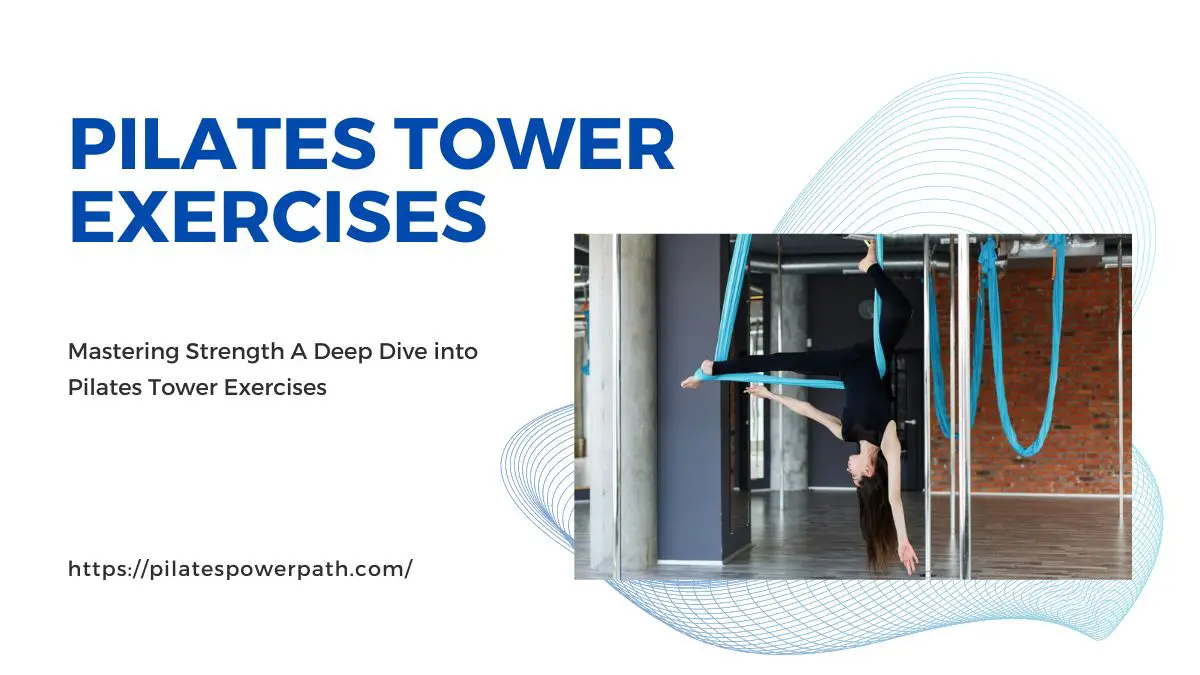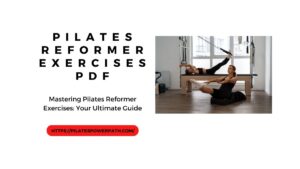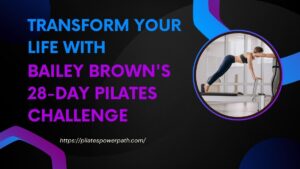Welcome to the world of Pilates, where strength, flexibility, and mindful movement come together for a holistic approach to fitness. Among the various Pilates equipment, the Pilates Tower stands out as a versatile tool that adds a dynamic dimension to your workout routine. In this comprehensive guide, we’ll explore the intricacies of Pilates Tower exercises, uncovering the benefits, essential moves, and practical tips to elevate your fitness journey.
Understanding the Pilates Tower
Components of a Pilates Tower
A Pilates Tower is a vertical unit attached to the Cadillac or Reformer, equipped with springs, bars, and straps. These components offer a diverse range of resistance levels, making them adaptable for users of all fitness levels. The Tower allows for a full-body workout, engaging muscles from head to toe.
Differences from Other Pilates Equipment
Unlike traditional Pilates equipment, the Tower provides vertical resistance, promoting a unique range of motion. It stands out for its versatility in accommodating various exercises, offering a blend of strength training and flexibility enhancement. Understanding these differences allows practitioners to harness the Tower’s potential fully.
Read More: Mastering Pilates Short Spine: A Comprehensive Guide
Versatility and Adaptability
One of the Tower’s strengths lies in its adaptability to different body types and fitness levels. The adjustable springs make it suitable for beginners to advanced practitioners, allowing for modifications based on individual needs. Whether you’re focusing on rehabilitation or challenging your strength, the Pilates Tower can be tailored to meet your specific goals.
Benefits of Pilates Tower Exercises
Improved Core Strength and Stability
Central to Pilates philosophy is the emphasis on core strength. The Tower, with its targeted resistance exercises, intensifies core engagement. Through movements like Tower Plank and Tower Swan, practitioners experience heightened stability, leading to a stronger and more resilient core.
Increased Flexibility and Range of Motion
Pilates Tower exercises incorporate dynamic stretches that enhance flexibility and improve overall range of motion. Leg Springs Series, including exercises like Leg Circles, not only strengthens the legs but also promotes flexibility, making it an ideal choice for those seeking both strength and flexibility gains.
Enhanced Muscular Endurance
The controlled and precise nature of Pilates Tower exercises contributes to increased muscular endurance. By maintaining proper form throughout various movements, individuals build endurance, allowing them to sustain physical activity for more extended periods. This endurance is transferable to everyday activities and other forms of exercise.
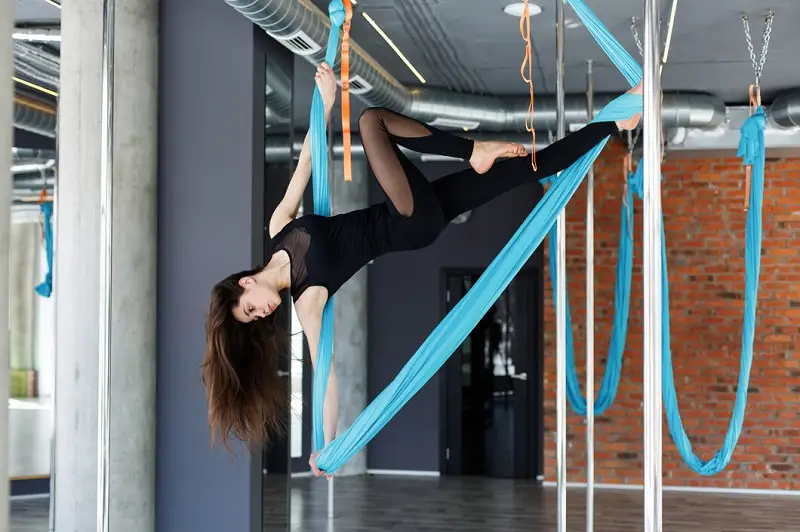
Essential Pilates Tower Exercises
Arm Springs Series
The Arm Springs Series is a fundamental set of exercises targeting the upper body. Arm Circles focus on shoulder stability and mobility, Triceps Press engages the arms and back, while Bicep Curls build strength in the biceps and forearms. These exercises collectively sculpt and tone the upper body.
Leg Springs Series
The Leg Springs Series, comprising exercises like Leg Circles, Hamstring Curls, and Inner Thigh Lifts, concentrates on lower body strength and flexibility. These exercises are effective in toning the legs, improving joint mobility, and activating muscles often neglected in traditional workouts.
Combo Exercises
Combining movements in the Pilates Tower bridges the gap between upper and lower body engagement. Tower Bridge activates the core and glutes, while Tower Swan challenges the back muscles. Tower Plank, a full-body exercise, enhances overall strength and stability. Incorporating these combo exercises adds variety and depth to your Pilates routine.
Tips for Performing Pilates Tower Exercises
Proper Body Alignment and Posture
Maintaining proper alignment and posture is crucial for the effectiveness and safety of Pilates Tower exercises. Ensure your spine is in a neutral position, shoulders are relaxed, and core is engaged. This alignment not only optimizes muscle engagement but also prevents unnecessary strain on joints.
Breathing Techniques
Integrate conscious breathing into your Pilates Tower routine. Inhale deeply through the nose during the preparatory phase and exhale fully through the mouth during the exertion phase. Coordinating breath with movement enhances oxygen flow, reduces tension, and supports the mind-body connection essential in Pilates.
Gradual Progression and Modification
Whether you’re a novice or a seasoned practitioner, it’s essential to progress gradually and modify exercises based on your fitness level. Adjust spring tension, repetitions, or range of motion to suit your capabilities. This approach ensures a sustainable and injury-free progression in your Pilates journey.
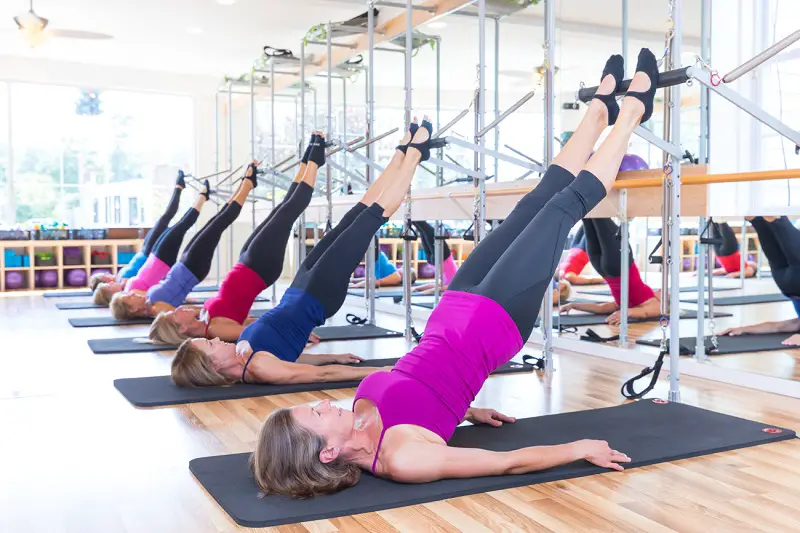
Sample Pilates Tower Workout Routine
Warm-up Exercises
Begin your Pilates Tower session with dynamic warm-up exercises to increase blood flow and prepare your muscles for the upcoming workout. Simple movements like shoulder rolls, neck stretches, and gentle twists help activate key muscle groups.
Targeted Tower Exercises for Upper Body
Dive into the Arm Springs Series, focusing on Arm Circles, Triceps Press, and Bicep Curls. These exercises engage the shoulders, arms, and upper back, promoting strength and toning in the upper body.
Targeted Tower Exercises for Lower Body
Transition to the Leg Springs Series, performing Leg Circles, Hamstring Curls, and Inner Thigh Lifts. These movements target the lower body, enhancing leg strength, flexibility, and overall lower body tone.
Core-Focused Tower Exercises
Incorporate Combo Exercises like Tower Bridge, Tower Swan, and Tower Plank to activate and challenge the core. These exercises promote a strong and stable midsection, essential for overall body strength.
Cool-down and Stretching Exercises
Finish your Pilates Tower workout with static stretches to help prevent muscle stiffness and enhance flexibility. Focus on areas targeted during the session, such as the shoulders, back, legs, and core.
Incorporating Pilates Tower into Your Fitness Routine
Frequency and Duration Recommendations
To experience the full benefits of Pilates Tower exercises, aim for 2-3 sessions per week. Each session can range from 30 to 60 minutes, depending on your fitness goals and available time. Consistency is key to reaping the rewards of improved strength, flexibility, and overall well-being.
Combining Tower Exercises with Other Pilates Equipment
For a well-rounded Pilates experience, consider integrating Tower exercises with other Pilates equipment such as the Reformer or Mat. This combination adds variety to your workouts, challenges different muscle groups, and keeps your routine engaging and effective.
Adapting Tower Exercises for Specific Fitness Goals
Whether your goal is weight loss, muscle toning, or rehabilitation, the Pilates Tower can be adapted to suit your specific needs. Adjust the spring tension, modify movements, and incorporate props to tailor your workout. Consulting with a certified Pilates instructor can provide personalized guidance based on your fitness objectives.
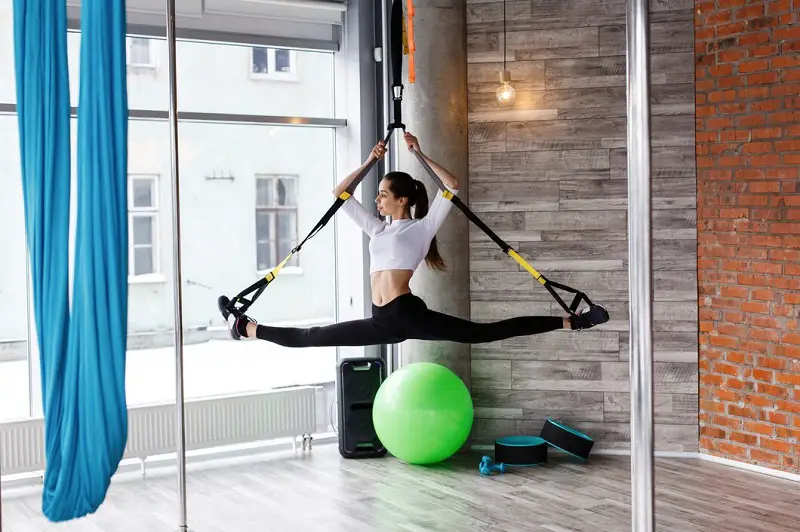
Conclusion
In conclusion, Pilates Tower exercises offer a dynamic and effective way to enhance strength, flexibility, and overall well-being. The versatility of the Tower, coupled with targeted exercises and mindful movement, makes it a valuable addition to any fitness routine. Embrace the challenge, enjoy the benefits, and elevate your Pilates experience through the power of the Tower.
FAQs:
Yes, Pilates Tower exercises can be adapted for beginners by adjusting the spring tension and starting with foundational movements.
For optimal results, aim for 2-3 Pilates Tower sessions per week. Consistency is key to experiencing improvements in strength and flexibility.
Yes, Pilates Tower exercises can be adapted for rehabilitation, providing a low-impact and targeted approach to recovering from injuries or improving specific muscle imbalances.

